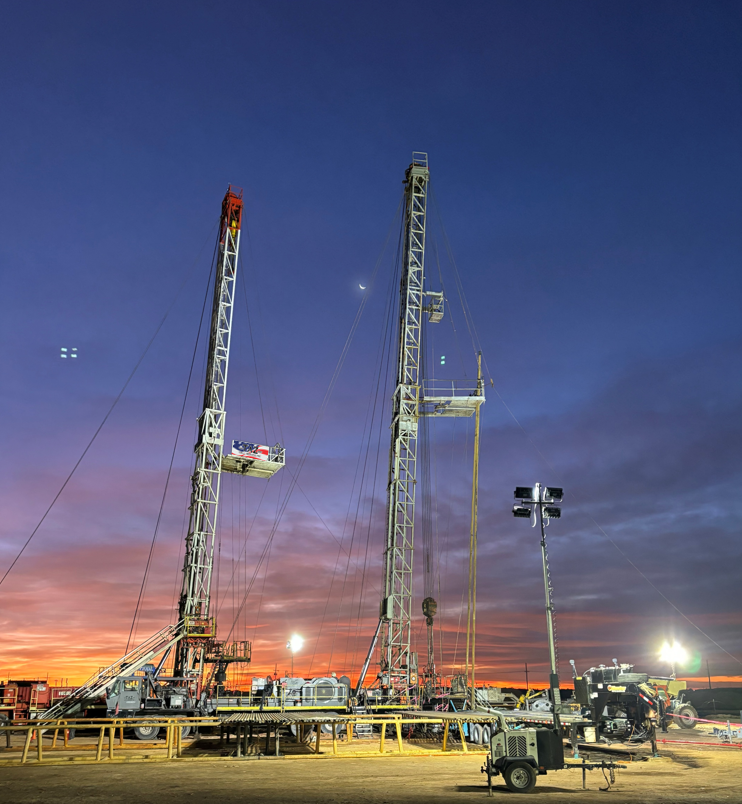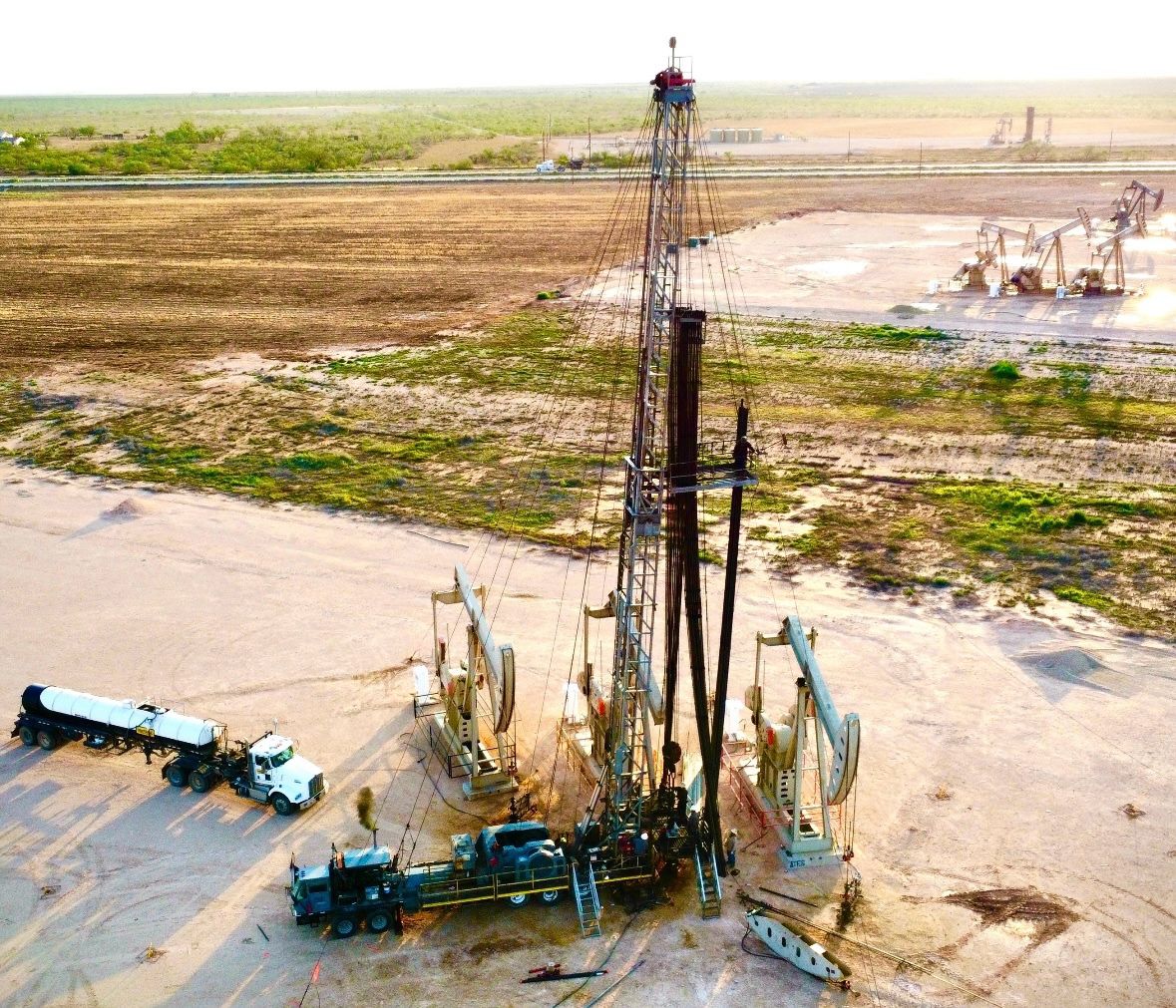A happy new year to everyone from TAZ Well Service! Reflecting on 2024, we are thankful for another year of incredible growth, driven by our excellent team, clients and suppliers. As we kick off 2025, the oil and gas industry continues to navigate a dynamic landscape shaped by geopolitical shifts, technological advancements, and market forces. For operators in the Permian and Delaware Basins, this means adapting to ongoing challenges while capitalizing on emerging opportunities to stay competitive in an ever-evolving environment.
Crude Oil Price Trends
Oil prices are expected to remain volatile through Q1 2025. The International Energy Agency (IEA) forecasts global oil demand will grow by 1 million barrels per day (bpd) this year, driven by recovery in emerging markets and steady transportation needs. However, uncertainty surrounding OPEC+ production cuts and fluctuating global inventories will keep price swings in play.
Takeaway for Permian Operators:
Local operators should anticipate short-term price sensitivity and focus on cost management through technology and operational efficiency. Our approach as a service provider includes offering high-spec rigs and adaptable pumping solutions, creating a distinct edge in maintaining profitability, even in unpredictable pricing environments.
U.S. Production Growth
The U.S. is expected to maintain its position as a global production leader, with output projected to surpass 13 million bpd in 2025. The Permian, particularly the Delaware and Midland sub-basins, will remain the key drivers of this growth.
What This Means for West Texas:
Advancements in technologies like multi-stage fracking and enhanced horizontal drilling continue to push output higher, keeping West Texas at the center of U.S. energy production. For service providers across drilling, completion, and production, and emphasis on efficiency, innovation, and safety will remain non-negotiable priorities for staying competitive.
Labor Market and Supply Chain Challenges
Despite steady demand for services in the Permian, labor shortages and inflationary pressures remain persistent challenges. Skilled workers are in high demand, and competition for experienced talent continues to tighten. On the supply chain side, bottlenecks for critical components, such as frac pumps and rig equipment, are adding cost and timeline pressures to projects.
How Service Providers Can Respond:
For companies like us, success will hinge on maintaining strong supplier relationships, prioritizing employee retention programs, and leveraging automation and digital tools to streamline operations. Upskilling team members and refining workflows will also play a key role in mitigating these pressures.
Environmental, Social, and Governance (ESG) Pressures
Regulatory and investor focus on environmental impact and sustainability continues to grow. ESG-driven investments are becoming the standard, with both public and private sectors emphasizing long-term sustainability and transparency.
The Road Ahead for West Texas Operators:
Adopting cleaner technologies and reducing carbon footprints are no longer optional, they’re essential. West Texas operators may also see opportunities in regulatory incentives for carbon capture technologies and renewable energy investments as part of their operational frameworks.
Technological Advancements and Automation
The momentum behind digital transformation isn’t slowing down. Operators in West Texas are doubling down on real-time data analytics, AI-driven predictive maintenance, and remote monitoring technologies to maximize well productivity and reduce unplanned downtime. For service providers, adopting measures to integrate with and support these technologies will be a difference maker.
What’s Next for West Texas:
Expect continued investment in automation and AI, especially in completion services and well management. These technologies are driving more precise, data-backed decision-making, resulting in higher profitability and operational efficiency across the board.
Opportunities and Risks Moving Forward
As we settle into 2025, West Texas remains well-positioned for growth, though not without caution. Key focus areas for operators and service providers include:
Cost Management: Leveraging technological innovation to control expenses and improve efficiency.
Workforce Development: Addressing labor shortages with training, retention programs, and operational optimization.
Sustainability and ESG Compliance: Meeting regulatory standards while creating long-term competitive advantages.
Our strategy is simple, to offer cost-effective, innovative, and sustainable solutions. Agility and the ability to respond quickly to changing market conditions will separate those who thrive from those who survive.
Final Thoughts
The oil and gas industry in West Texas enters 2025 with a mix of resilience and opportunity. By focusing on innovation, strengthening supplier relationships, and adapting to shifting market conditions, operators and service providers will remain well-positioned to succeed in what promises to be another transformative year for the region.
Stay tuned for ongoing updates and insights as we continue to track the trends shaping the energy landscape in West Texas.



